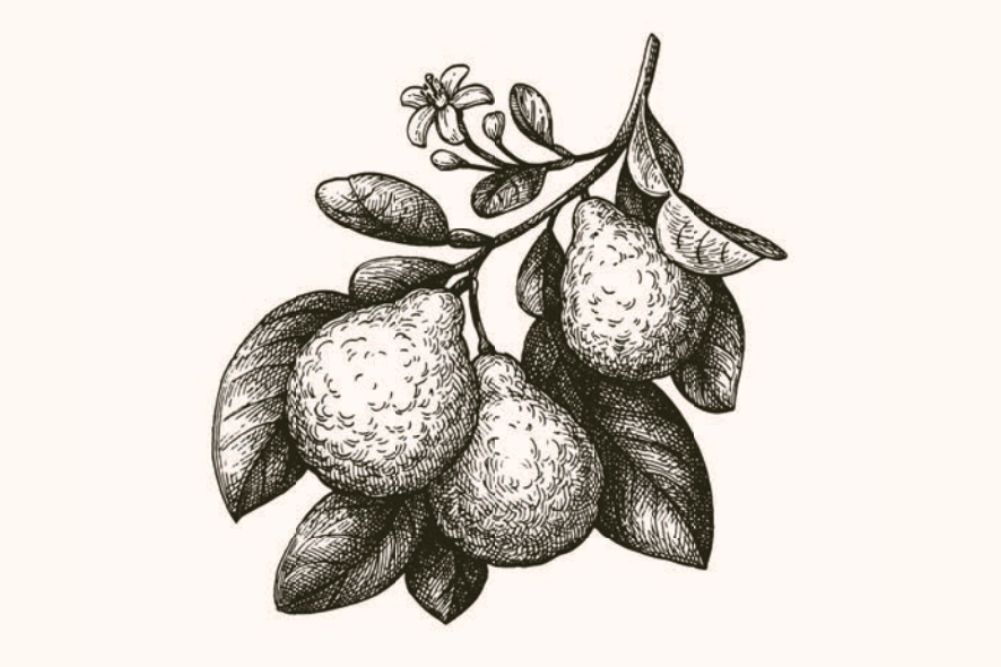Is sushi and sake the key to living a long life?
 After living in Singapore for three-and-a-half years, I was spoilt for choice with all the different Asian foods available at my finger tips. Japanese supermarket Isetan, was a favourite of mine, full of dried snacks, chilled teas, fresh tropical fruits, sushi made in front of you and other Grocery items.
After living in Singapore for three-and-a-half years, I was spoilt for choice with all the different Asian foods available at my finger tips. Japanese supermarket Isetan, was a favourite of mine, full of dried snacks, chilled teas, fresh tropical fruits, sushi made in front of you and other Grocery items.
Each fortnight I try to pop over to the Japanese supermarket in Chatswood Chase shopping centre to source a few staples such as shittake mushrooms, tofu, buckwheat noodles, dried snacks and edamame beans – not only are they a fraction of the price than the mainstream supermarkets and grocers but I also like stocking up on new and interesting healthy snacks.
As I tear into a pack of Hot and Spicy flavoured nori chips I am pleasantly surprised by how the particularly healthy ingredients taste so delicious – and so it got me thinking about the Japanese diet and how their everyday diet is influenced by super healthy foods.
It interests me further when I read about Japan’s national statistics; the land where women live longer than everyone else on Earth (25 years running), the place where obesity is the lowest in the developed world and where forty year old women look like they are in their twenties!
At a time where the world is suffering an obesity crisis that is afflicting hundreds and millions of people across the Western World, experts attribute Japan’s extraordinary longevity statistics to easy access to healthcare and a comparatively high standard of living for the elderly. I would go a step further to say that the Japanese traditional diet is a major factor for their preventative health and the rest of the world should continue to take note.
The Japanese diet includes foods with very low cholesterol content and is practically free from the saturated “bad” fats abundantly present in red meat, dairy produce and butter. Instead, the Japanese diet is predominantly seafood; fish, rich in polyunsaturated “good” fats, and seaweeds that contain high amounts of iodine as well as minerals which are both healthy and create the Japanese unrivaled flavours.
Here are some tips on how you can eat like the Japanese for better health:
- Eat more fish – Most people incorrectly assume that rice is the most common staple in Japanese cuisine. In fact, fish is featured much more prominently on the Japanese plate. The Japanese collectively consume 12% of the world’s fish, but account for only 2% of the global population. Fresh, cured, smoked, or salted, fish are loaded with vitamin A and omega-3 fatty acids that help to protect against various types of cancer.
- Change the types of protein you eat – We tend to forget that meat is not the only source of protein out there. While modern Japanese people have started to incorporate more beef into their diets, traditional diets still focus on plant-based proteins, particularly tofu, which is low in saturated fat and rich in calcium.
- Eat your greens – Japan is a vegetable-crazed nation, eating a lot of cruciferous vegetables every single day – things like kale, broccoli, cabbage, and radish. Not surprisingly, these vegetables have been shown to be among the best at warding off some types of cancer, among them colon cancer, lung cancer and prostate cancer.
- Supplement your meal with rice – Rice is beneficial because it’s low in fat, helps fill you up and has very few calories. Take things a step further and substitute white rice for brown rice, which is made from whole grains and is loaded with good-for-you fiber.
- Portion power – In Japan, food is served on separate small plates and bowls instead of on one big plate like we’re used to. Diners take turns having little tastes of everything. Serving smaller portions is a great way to eat healthfully and lose weight.
- Cook light – In the Japanese diet, food is usually steamed, pan-fried, simmered or stir fried over intense heat. This method of cooking helps the food retain more of the nutrients and particularly anti-aging antioxidants.
- Finish your meal with green tea – Japanese love their green tea, chilled or hot. Although some types of green tea have more caffeine than some black teas, the drink is loaded with all sorts of powerful antioxidants that help lower cholesterol and blood pressure. Green-tea consumption has also been linked to lower incidences of stroke and heart disease and is known to promote weight loss.
- Healthy desserts – Japanese opt for healthier dessert options like seasonal fruits or sweetened bean paste. A little sweet after your meal can trigger your body into thinking your meal is complete.
- Food variety – Recent studies showed that Japanese people eat an average of 100 different foods a week, compared to just 30 in other western countries. This well balanced diet provides all the nutrients the body needs.
- Seasonal fresh food – A premium is placed on fresh and natural foods that are in season. Eating ingredients when they’re in season provides variety and a better way to get all the nutrients you need naturally; also a lot of raw foods are eaten that have a higher nutritional value than heavily cooked foods.
Do note: If there is one downside to eating a Japanese-style diet, it’s the level of sodium in the ingredients like pickled foods, sea vegetables and soy sauce. You can correct this by making a switch to low-sodium products, which are easy to find.
Boost your health by including these 5 Japanese staples in your diet
- Nori – A rich source of calcium, zinc and iodine, nori is a great snack – on its own, in sushi or added to salads.
- Soba Noodles – Fat free and low GI, soba noodles are a healthy accompaniment to stir-fried vegetables. When it comes to eating soba, purists believe that simple is best! You can view my recipes containing buckwheat noodles here.
- Ginger – Ginger has long been revered for its anti-nausea effects, but it has also been shown to reduce blood pressure and boost circulation. Pickled ginger is a sweeter alternative to raw ginger and is a great addition to salads and soups.
- Miso – Miso is a fermented soybean paste with a salty taste, a buttery texture and a unique nutritional profile most popularly eaten as a soup. Miso is also a source of dietary fibre, which cleans your intestines and is good for your bowels. As they say in Japan, a bowl of miso keeps the doctor away!
- Tofu – Made from soya beans, tofu is a low-fat form of vegetarian protein that can help reduce blood cholesterol levels and may relieve some of the symptoms of menopause. Choose tofu that has not been genetically modified.
HK868BJTE2SK
To view Alison’s Japanese influenced recipes – visit her blog An Apple A Day.








